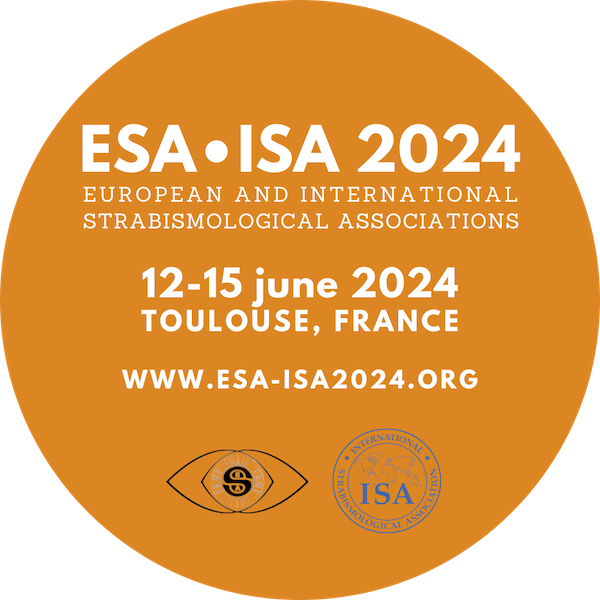
Session: Free papers Session I - Esotropia 1
Revisiting Posterior Fixation Sutures Surgery: Unveiling Novel Approaches for Primary Management of Diverse Esotropia Cases
Introduction: Strabismus, specifically esotropia, presents a significant challenge in ophthalmic surgery, while several treatment options exist. This study aims to evaluate the results of posterior fixation sutures (PFS) on the medial rectus as a primary approach for some types of esotropia.
Methods: The medical records of consecutive patients who underwent surgery for esotropia over 11 years and had at least 1 year of follow-up were reviewed retrospectively. Patients were classified into one of three types of deviation: infantile (IE), partially accommodative (PAE) and basic (BE) esotropias. An alignment within 16 prism diopters (PD) of orthotropia was a successful outcome.
Results: A total of 404 patients were included: 67 IE, 180 PAE and 157 BE. Before surgery, a deviation greater than 30 PD was present in 88.1% and 80.1%, and a deviation greater than 50 PD was present in 66.5% and 52.9% of patients (near and distance, respectively). In the BE group, PFS was the baseline surgery in a smaller number of cases (75%) compared to the other two groups (versus 86.6% [IE] and 88.3% [PAE], p = 0.002). The need for an additional procedure was significantly higher in the infantile esotropia group (44.8% vs. 18.9% and 24.8%, p < 0.001). Final surgical success was achieved in 95.3% of all patients. Orthotropia was achieved in 19.4% (IE), 29.6% (PAE) and 25.5% (BE) of cases.
Conclusion: PFS of the medial rectus without recession proved successful as a first-line procedure for esotropia in the subtypes of patients evaluated in this study.